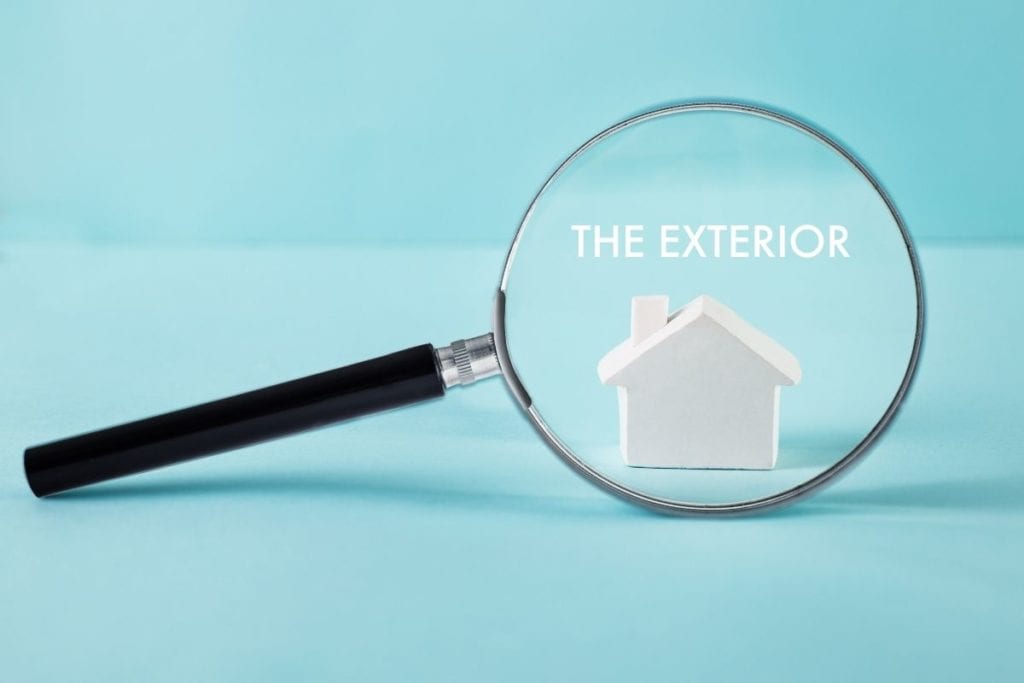The market is shifting… ever so slightly. Buyers finally have a little more inventory to choose from.
It’s still a seller’s market, though – which means that many offers are going in firm, without conditions. You, dear Buyer, may have rock-solid finances and have no problem without a condition on financing. Without a home inspection, though, and with only 30 minutes total time at the house you want to buy in many cases- how can you protect yourself?
There is absolutely a measure of risk involved in buying any house. This is as true of new construction as it can be of a ‘handyman special.’ Things can go wrong, and previously unknown issues can crop up at any time. Every homeowner will have maintenance and repairs to do at some point. When you’re buying a first home, this can be especially unsettling.
You can do a few things to avoid big surprises. It’s possible to sharpen your eye for signs of problems on your first visit to a property. You’ll have to make the best use of your visit, though – looking past the cosmetics of the property – no matter how beautifully staged it is!
Let’s review our house hunting checklist that can look at to help you decide whether a house is worth considering. First, we’ll talk about the exterior.
BEFORE GOING INSIDE
The exterior of a house can tell you a lot about its overall condition. Without having to become a certified home inspector, you should be paying attention to a few major things:
Roof:
In Southern Ontario, the most common roofing material will be asphalt shingles. Stand back from the house and look at it from the sidewalk. Most of us can tell quickly if shingles are missing, lifting, curling, or otherwise approaching the end of their useful life. Sometimes, if you look at the edge, you can see two or even three layers of shingles – which is less than ideal and can cause trouble with any insurance claims or inspections.
Besides the obvious, though – look for buckling or sagging in the roofline. Don’t ignore these signs of potential structural weakness.
Or maybe you can see moss or other greenery growing out of the roof. This is not the way to get a rooftop garden! Investigate further before pursuing a house that has this happening.
Flat roofs are a bit tough to assess from street level but, fortunately, they are also fairly rare on residential properties. If you are looking at a home that has an unusual roof that could be more expensive to repair, it might be a good idea to have it inspected before you put in your offer. And when buying a first home, try to stick to more common rooflines so that your expenses can be a little more predictable.
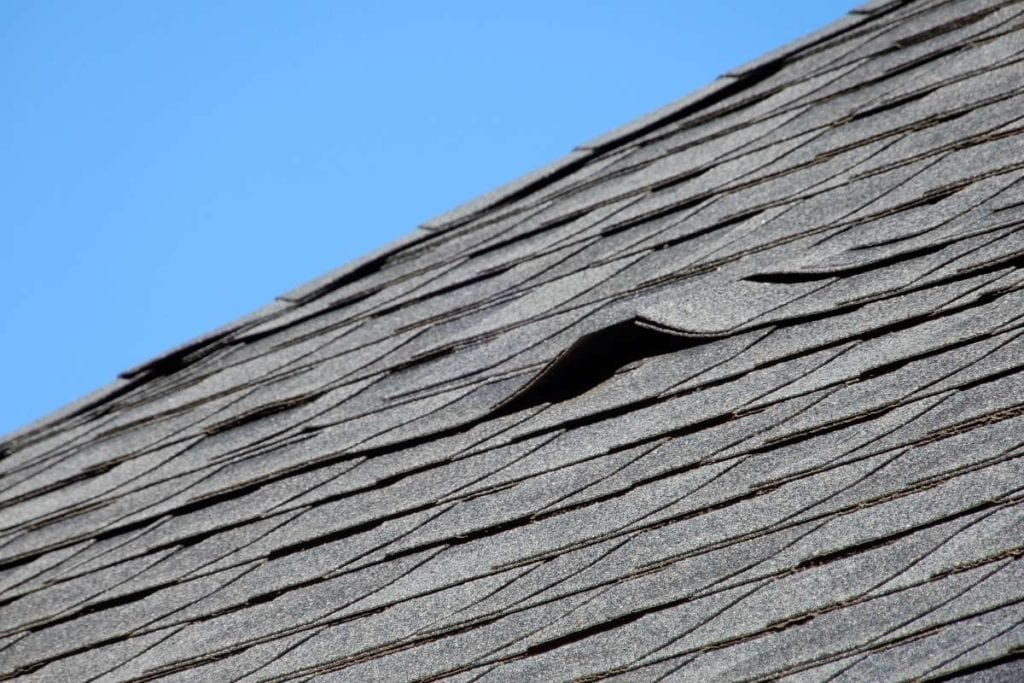
Pro tip! Always look at the south facing side of the roof. This side takes the brunt of the heat and will age the quickest. It will give you a better idea how much life is left before the roof will need replacing.
Gutters & Downspouts:
Downspouts are the vertical pipes that carry rainwater from the roof and eaves troughs away from your house. Start by looking for downspouts that are extended away from your foundation walls. Ideally, these will discharge onto the lawn or into a rain barrel.
Sometimes, you’ll see downspouts connected to a drain pipe that goes below grade. Hamilton is one of many municipalities that encourage disconnection for many reasons, including protecting your foundation walls.
Gutters are the horizontal pipes along the edges of your roof that carry rainwater to the downspouts. Look up to see the condition of the gutters: Are they plugged up and overflowing with leaves? Are they bent or misshapen in a way that prevents water from flowing freely? Are they otherwise damaged – or missing entirely? This simple component of the roofing system does the important job of managing the path of water around your home. They are not usually expensive to repair or replace. However, if they’re left in poor condition for a long time, there can be serious damage to the house, deck, and gardens.
For best efficiency, you can visually estimate whether there are enough downspouts to carry the load. The rule of thumb is that there should be a downspout for every 35-40 feet of gutter. If you’re buying your first home and gutters are the biggest issue you find – that’s a win! With the right professional to get things made right, they’re a relatively easy fix.
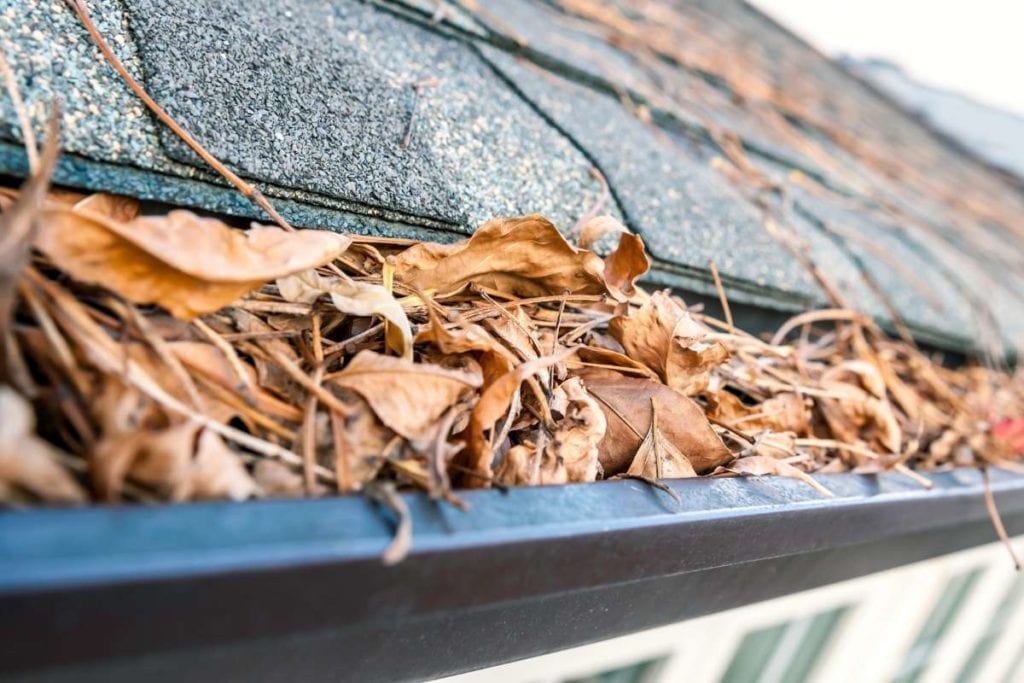
Exterior Walls & Foundation
As you walk around the outside of a house, you’ll also want to take note of the condition of the exterior walls. The parts of a home that are exposed to the elements are particularly vulnerable to water damage, and some repairs can become very expensive.
There are problems that can only be properly diagnosed by an expert, but it’s wise to be aware of signs that you can see to let you know you should call one in. Most types of exterior cladding will get damp, even if just from condensation that results from temperature differences. What’s really important is that the moisture has somewhere to escape.
Brick homes should have some version of weep holes for ventilation and drainage.
Vinyl or aluminum siding require flashing for drainage to be integrated with some sort of material that forms a water-resistant barrier behind it.
Stucco-like exterior finishes also need somewhere for the water to drain. The most common system you’ll find is a stucco weep screed. This is a specially made piece of metal flashing that draws water out the bottom of the wall.
You will probably not be able to see all the measures that the builders have taken to prevent water damage. What you may see is evidence of damage that’s already there. If you see signs of efflorescence (white salt residue from water that has evaporated), swollen wood, or other deterioration on the exterior, there’s a good chance that something isn’t right.
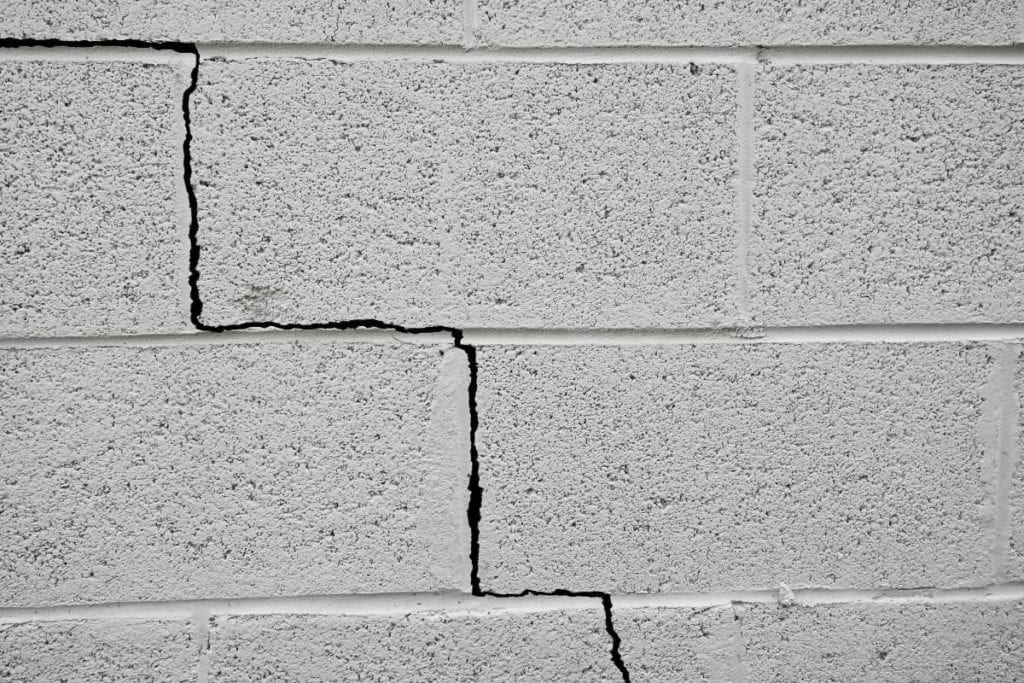
When checking the foundation walls from the outside, not every crack is cause for concern. Pay special attention to deep, horizontal cracks, though – as well as vertical or step cracks that are wider at one end than the other, since those may indicate structural instability.
Decks & Porches
You might be surprised to learn that most decks require a permit. Still, you will see many that have clearly been added without one – and some that are downright dangerous.
Before stepping out onto a deck or porch, especially a high one, check that railings are secure and that deck boards are sound. You don’t want to find yourself stepping through a rotted board.
Any looseness in the structure could mean that the entire deck was improperly fastened to the house. To be safe, deck framing must be secured to a structural component of the house – usually floor joists – with the proper hardware. There needs to be adequate support beneath the deck, too.
It may be impossible for you to see the screws, nails, or joist hangers – but you will definitely see it if the support posts are not anchored, if they are too small, or if they are not there at all. Check around the bottom of the posts. Do you see rot or deterioration? Are they set in concrete?
Finally, pay attention to climbing hazards for children. Built-in benches or cross pieces in decorative railings can look great. But they are not safe unless there is enough height above the top of the highest point to prevent a child from climbing over. The minimum railing height should typically be 36 inches. If the deck is six feet or more off the ground, that requirement becomes 42 inches.
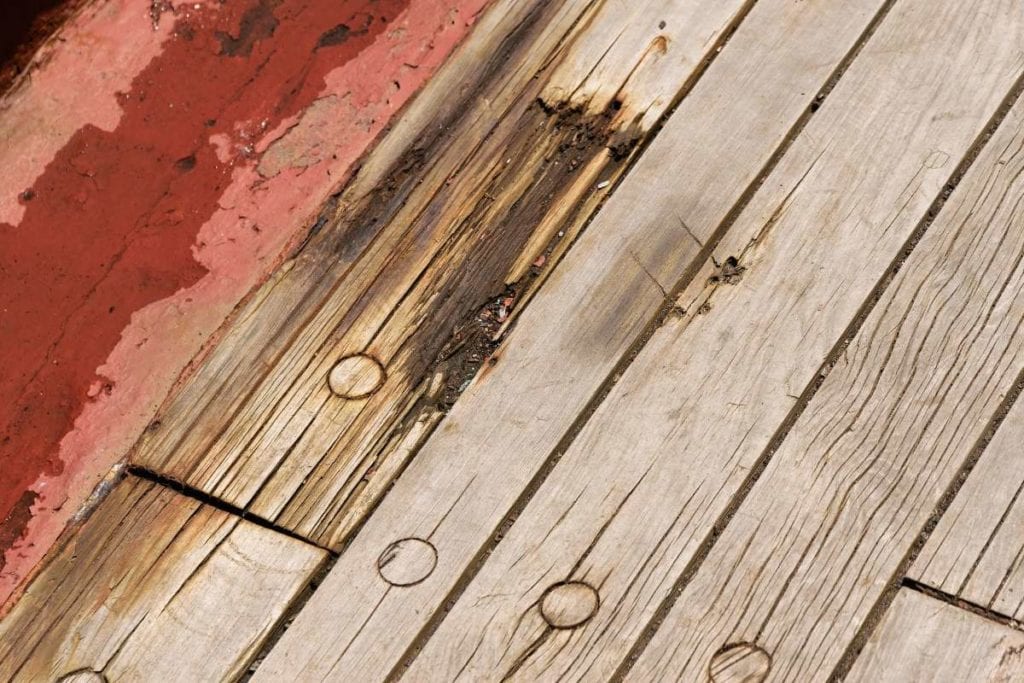
Don’t rush…
It’s tough to be thorough in this age of hurried showings that last 30 minutes or less. Regardless of the market, though, a house is a huge purchase. Especially if you’re buying your first home. See if you can arrange a second visit or a pre-inspection if you are serious about a property. Try to see the inside first and look more carefully at the outside as the next showing begins.
Check back soon for some things you can look for once you get inside …!
*We would like to extend a huge THANK YOU to Don Dell – Instructor and Creator of the CRSE Course for realtors. His input and expertise is invaluable to us as we work with our clients to find the right home!
Looking For Help Through the Buying Process?
Leave your info below and we'll reach out! 🙂


